( Quang Ngai Newspaper) - Drums are musical instruments that have been closely associated with the lives of Vietnamese people since ancient times. In particular, through thousands of years of history, the sound of drums has always been a symbol of patriotism, forever echoing the national epic in the struggles against invaders to save the country.
During the Hung King era, drums appeared in the life of ancient Vietnamese people, with diverse types such as bronze drums, leather drums, and mouth drums. However, bronze drums are typical representatives of a brilliant civilization - Dong Son civilization. Through archaeological excavations, bronze drums belonging to the Dong Son culture period, associated with each discovery location such as Ngoc Lu bronze drum, Pha Long drum, Phu Phuong drum, Sao Vang drum, Tien Noi 1 drum. All of the above bronze drums have been recognized by the Prime Minister as national treasures.
In the An mountain - Tra river area, in 1996, a Dong Son bronze drum was discovered at Bau Lat mountain (Quang Ngai city). Along with that, the relic "two-metal sword with bronze handle and iron blade" of Dong Son culture was discovered at Go Que relic, Binh Dong commune (Binh Son) in 2004, proving the strong, close and lasting exchange between Sa Huynh culture and Dong Son culture.
 |
| The drum used by the people of Pho Ninh commune to cheer during the battle to capture Duc Pho district office on October 7 and early morning of October 8, 1930 is currently on display at the Provincial Museum. |
The patterns on bronze drums are diverse in form, typically on the surface of the Ngoc Lu bronze drum there are about 50 patterns. Dong Son artisans created designs with aesthetic value with themes such as geometric patterns (V-shaped patterns or rice flower patterns, circles, peacock feathers, fan-shaped patterns, hairpin patterns), animal patterns, patterns on human themes and social activities. Occupying the largest number and located in the center of the drum surface is the sun-shaped star pattern, which is both a place to beat the drum and has the meaning of the center of the universe and worshiping the sun god.
When mentioning bronze drums, we are not unfamiliar with the powerful, majestic images, the heroic, urgent sound of the drums in the struggles to protect the country. Nearly 2,000 years ago, Ba Trung took to heart the four words "debt to the country, revenge for the family" and built a great career and became the first female queen in Vietnamese history. The uprising of Hai Ba Trung at Hat River mouth (now Phuc Tho, Ha Tay) during the reign of King Quang Vu, Hau Han Dynasty, the 16th year of Kien Vu (40 AD), to the sound of drums, Hai Ba Trung rode elephants into battle with the generals, people, and people from all districts and counties from Me Linh, Chu Dien to Cuu Chan, Giao Chi, Hop Pho, Nhat Nam and 65 provinces and cities.
Since ancient times, Vietnamese generals have clearly recognized that the sound of drums has a strong impact on the thoughts, emotions and rallying of the people. It is said that during the resistance war against the Yuan-Mongol, the Tran Dynasty used bronze drums to encourage the fighting spirit of the soldiers, making the enemy terrified. After the war, Tran Cuong Trung, an envoy of the Yuan Dynasty, wrote two verses, roughly translated: "The faint iron spear makes the heart terrified/ The faint sound of bronze drums makes the hair turn white". At the end of the 17th century, a Chinese monk visited Dang Trong. He witnessed many times the use of bronze drums to signal the navy and urge elephants to charge into battle. In the spring of the year Ky Dau 1789, with the sound of battle drums, under the leadership of Emperor Quang Trung, the Tay Son army commanded 300 war elephants to attack the South and defeat the North, defeating the Qing army.
In the early days of the resistance against the French in the second half of the 19th century, Truong Dinh (1820 - 1864), an outstanding son of the homeland of An mountain - Tra river, a talented general of the Nguyen Dynasty, along with many scholars, rich men, landlords, generals, soldiers of the court and a large number of farmers gathered to create a wave of struggle, spreading widely throughout the province of Nam Ky, beyond the scope of the country to the border of Cambodia. After his sacrifice, under the sharp pen of Mr. Do Chieu, the image of national hero Truong Dinh beating the drum calling on the militia to "forget themselves for the country" in the struggle for national liberation was recalled and mourned by him through the poem "Dieu Truong Dinh": "The fog was sparse, the sun was suddenly full/The reed flags were arranged on Giong Thap/The thunder drums were still roaring under the Khau gate/That scene was only dreamed of by that person/This meeting, where was the general?".
The drums continued to resound throughout the two resistance wars against French colonialism and American imperialism. In the spring of 1930, implementing the Central Region Party Committee's policy, the Quang Ngai Provincial Party Committee, with Mr. Nguyen Nghiem as Secretary, organized a protest struggle to capture Duc Pho district office. On October 8, 1930, amid the loud slogans and drum beats, 5,000 people from the villages of Hung Nghia, Tan Hoi, Van Truong, My Thuan, Lien Chieu, An Tay... The district chief Phan Lang and all the officers and soldiers fled. The masses stormed the district office, burned official documents, papers, and files, released prisoners, hung the red hammer and sickle flag, and protested and marched around the district and neighboring communes. The army and people of Duc Pho continued to use drums as signal flares in battles until the day the South was liberated and the country was unified...
Dong Son bronze drums in particular and drums in general were born one after another and went through each historical period of the country from ancient to modern. Even through many centuries, drums have always existed in people's lives and are closely associated with stories about the nation's history.
Article and photos: TA HA
Source








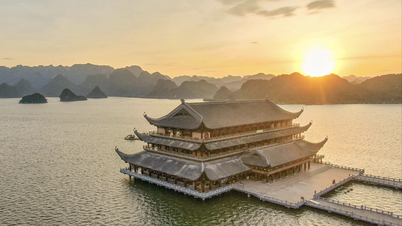

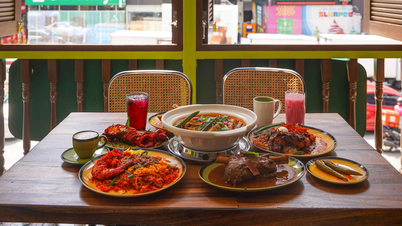




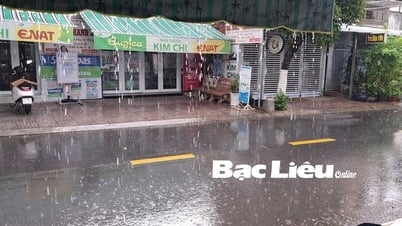
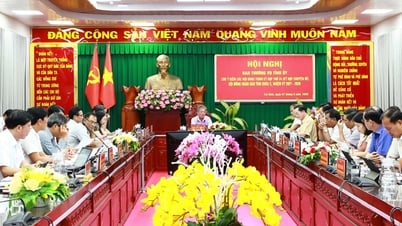
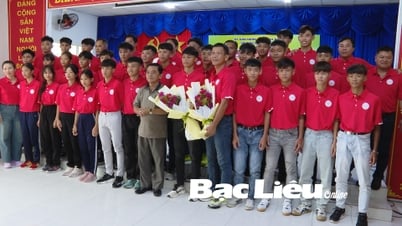
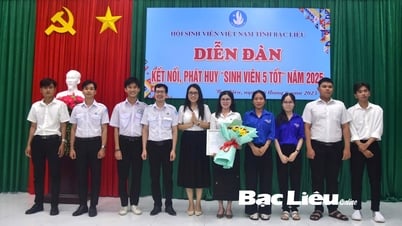
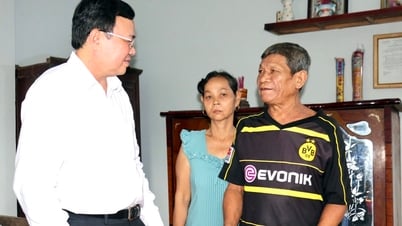
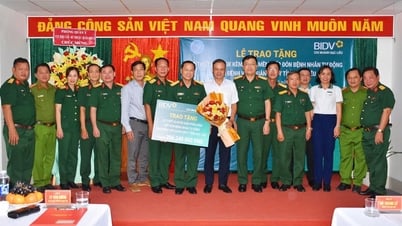




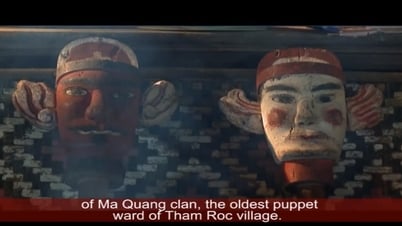



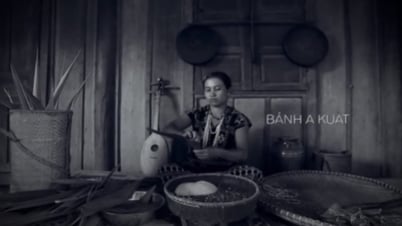
































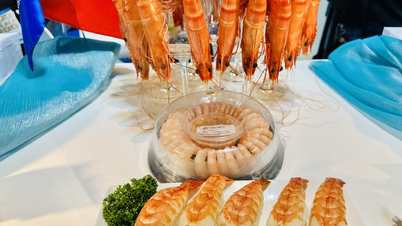











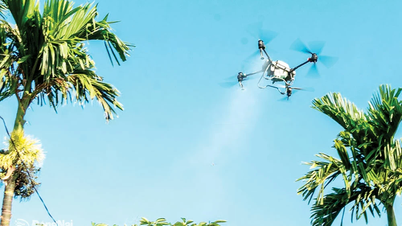







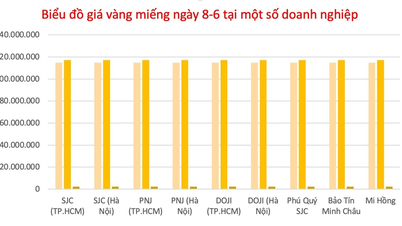









![[OCOP REVIEW] Tu Duyen Syrup - The essence of herbs from the mountains and forests of Nhu Thanh](https://vphoto.vietnam.vn/thumb/402x226/vietnam/resource/IMAGE/2025/6/5/58ca32fce4ec44039e444fbfae7e75ec)



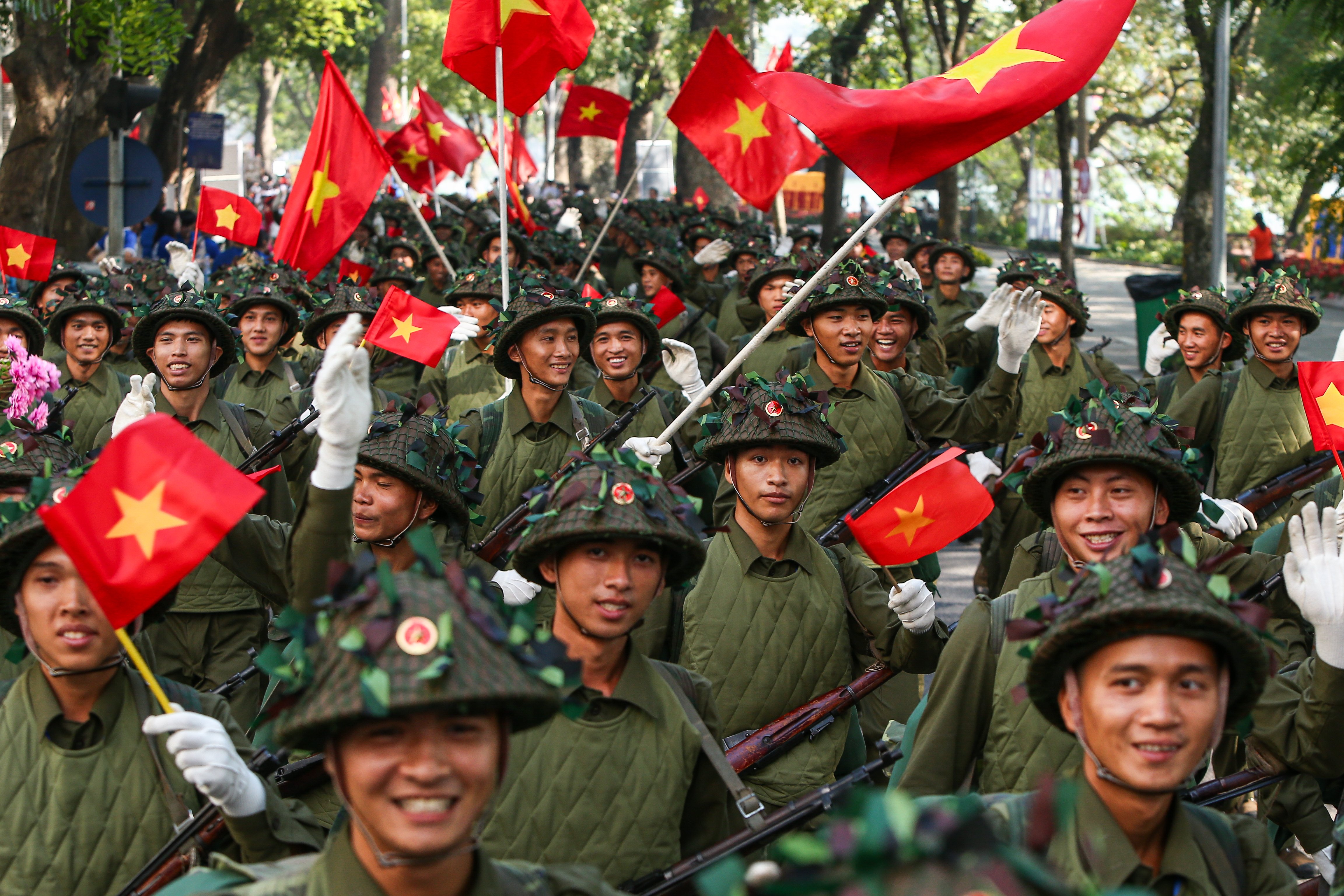
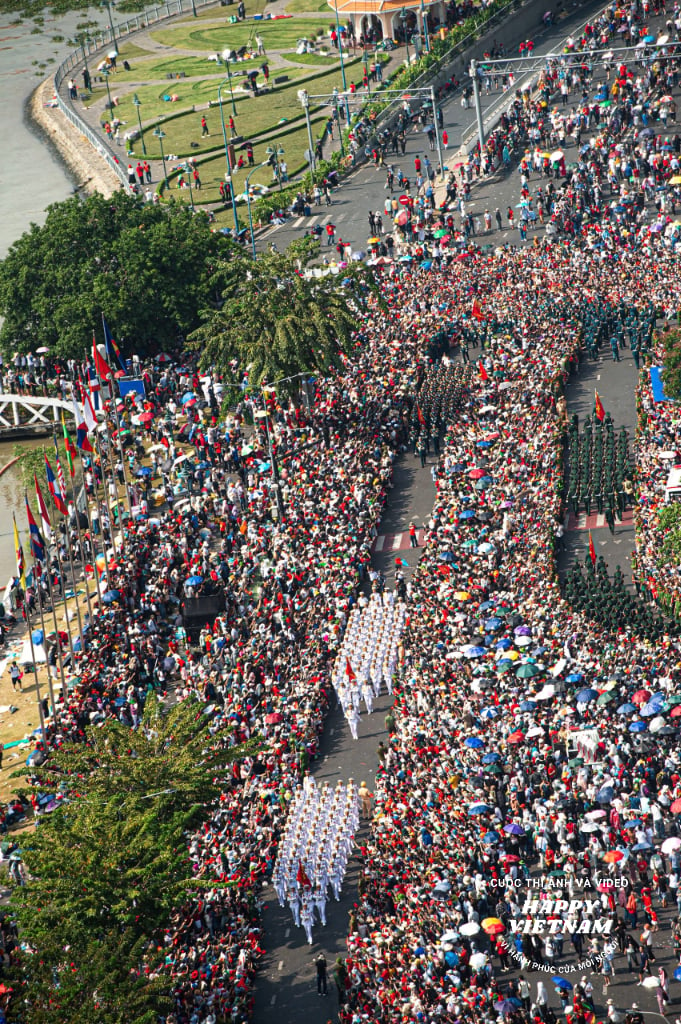

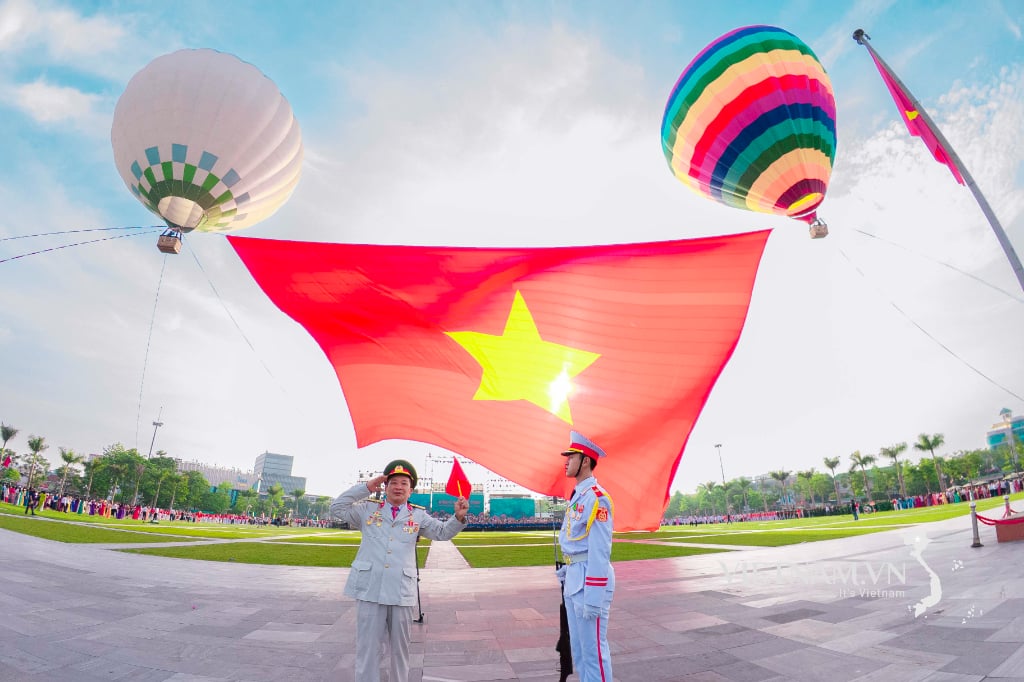
Comment (0)